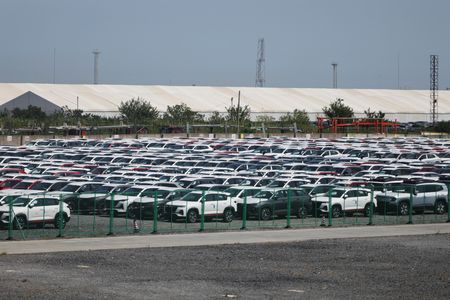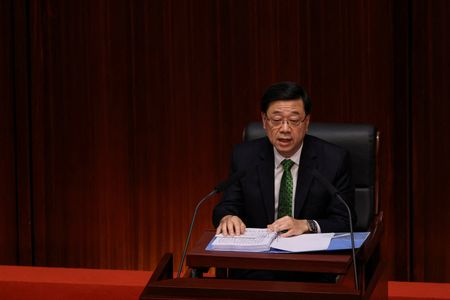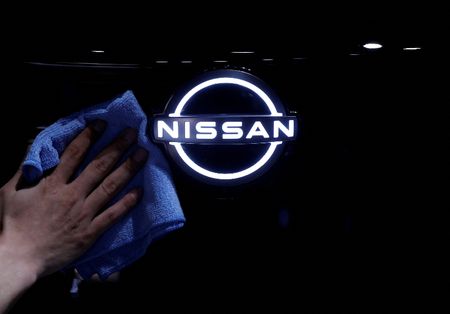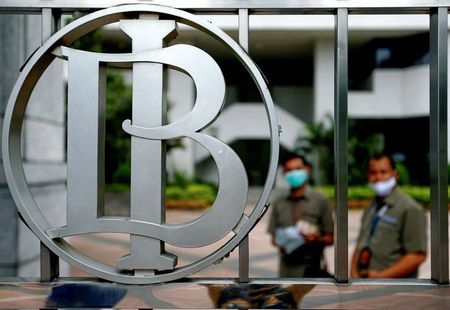BEIJING (Reuters) -China will require driving assistance systems to detect driver disengagement and disable themselves if drivers fail to address warnings, according to draft safety rules released on Wednesday for vehicles with level 2 automation.
The mandatory standards, set to be effective from 2027, come after tightening scrutiny of driving assistance features in the wake of a fatal accident in March involving Xiaomi ‘s best-selling SU7 sedan.
Automakers had since been banned from the use of “smart driving” and “autonomous driving” when marketing level 2 features, which can control steering, acceleration and braking but still require drivers’ constant attention.
More than half of electric vehicles and hybrids are equipped with level 2 features. While the driving experience has improved, it has also been accompanied by a series of traffic accidents due to “insufficient system capabilities and drivers’ incorrect use of the systems,” the industry ministry said in a guideline detailing a set of draft safety requirements.
In the case of the SU7 crash, the Xiaomi car caught fire after hitting a cement roadside pole at 97 kph (60 mph), seconds after its driver took over control from the advanced driving assistance system.
Once a driver is detected to have their hands off the wheel and eyes off the road, the system is supposed to send alerts or alarms. And if the driver is unresponsive, the automation system should activate risk mitigation functions that assist the driver in bringing the vehicle to a standstill or be disabled, the draft regulation suggests.
The ministry is seeking public comment on the mandatory national standards through November 15.
(Reporting by Qiaoyi Li and Brenda Goh; Editing by Joe Bavier and Kim Coghill)










